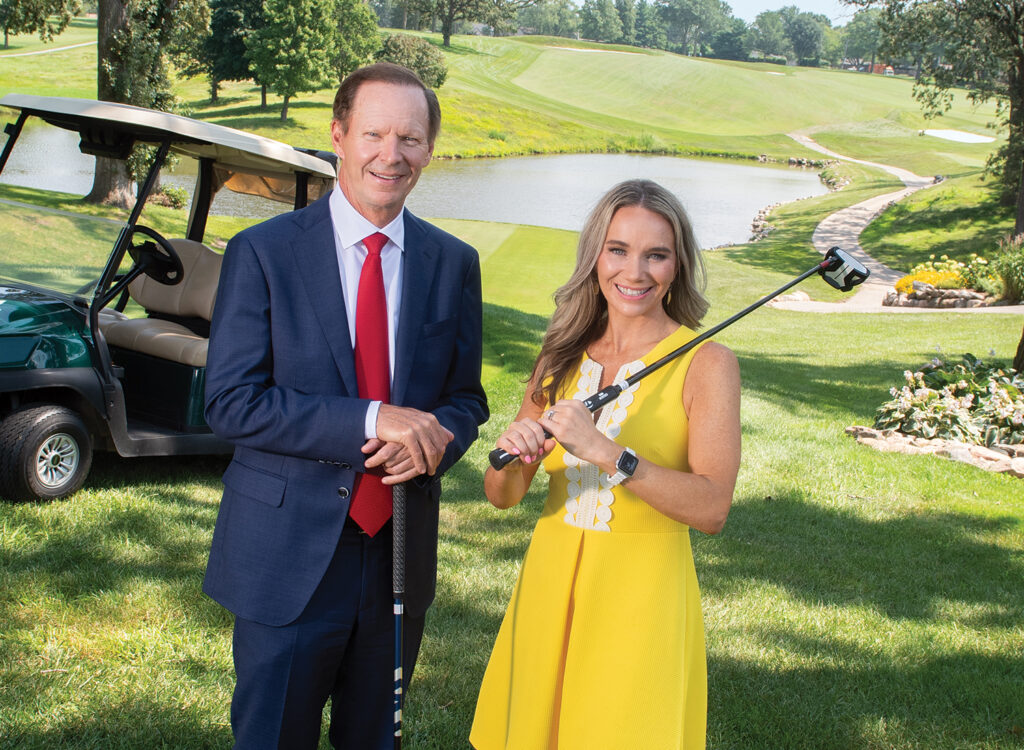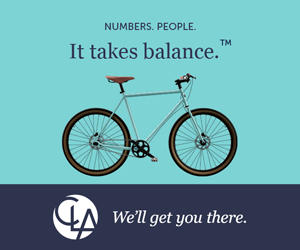Strong Towns exec: Walkers, not cars, drive cities

Charles Marohn, president of the nonprofit Strong Towns, told a Windsor Heights audience Tuesday that the most financially stable cities cater first to pedestrians, then to vehicle traffic.
|
|
Strong Towns chief: Wide roads hurt communities Read more about Strong Town’s thoughts on development patterns that help cities succeed financially, and get reaction from local officials, in our Insider report.
|
Marohn said cities like Des Moines that are looking at the so-called “complete streets” concept — narrower thoroughfares that include bike lanes and parking that protects pedestrians — are on the right track but still could improve.
“Complete streets fail to get us where we need to go because they accommodate pedestrians in an area dominated by automobiles,” said Marohn, who appeared at the invitation of Urban Land Institute Iowa. “Productive places accommodate autos within an area dominated by people,” said Marohn, whose organization promotes neighborhoods and cities that are financially resilient.
“The indicator species of success is not the automobile, it’s people,” Marohn added.
Wide highways with big shoulders and treeless borders work great outside of the city, where they carry a lot of traffic and save lives, Marohn said. “But if you bring that design into urban areas, it causes a problem. We give drivers the illusion of safety, and speeds go way up. If you need a sign to tell people to slow down, you designed the road wrong.”










